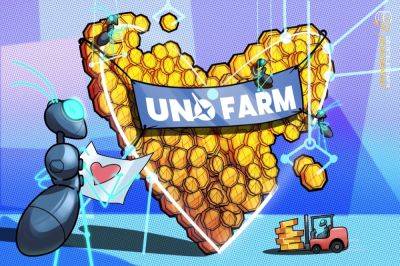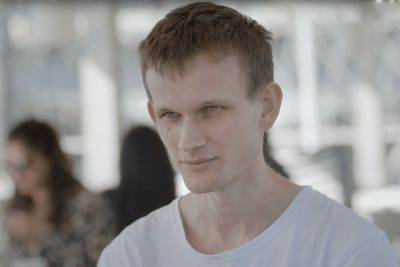Ethereum layer 2’s will continue to have diverse approaches to scaling — Vitalik Buterin
The Ethereum layer-2 ecosystem is likely to continue evolving with diverse technological approaches, according to co-founder Vitalik Buterin.
The co-founder of the smart contract blockchain unpacked the current landscape of Ethereum’s scaling ecosystem on his personal blog, with several layer-2 protocols differing in their approaches to bring greater scaling capacity, lower costs and increased security.
As Buterin highlighted, Ethereum Virtual Machine (EVM) rollups pioneered by Arbitrum, Optimism, Scroll and more recently, Kakarot and Taiko, have drastically improved the respective security of their solutions.
Different types of layer 2shttps://t.co/ry4VTtWhJ1
Meanwhile, “sidechain projects” like Polygon have also developed their own rollup solutions. Buterin also highlights “almost-EVMs” like zkSync, extensions like Arbitrum Stylus and zero-knowledge proof pioneers Starknet as important players driving scaling technology for the ecosystem:
Buterin notes that some projects currently existing as independent layer 1s are looking to bring themselves closer to the Ethereum ecosystem and potentially become ecosystem layer 2s.
Related: Polygon’s ‘holy grail’ Ethereum-scaling zkEVM beta hits mainnet
This type of transition remains difficult, as an “all at once” approach would cause a decrease in usability given that technology is not at a stage where it can be completely included in rollup technology. Meanwhile, postponing such a transition runs the risk of “sacrificing momentum and being too late to be meaningful.”
Buterin also notes that some centralized, non-Ethereum projects want to give users greater security assurances and are looking to blockchain-based solutions. Historically, these types of projects would have looked to
Read more on cointelegraph.com






















